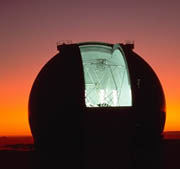
Astronomers from the Ames Research Center and the University of California have discovered the most Earth-like planet yet, located only 15 light years from Earth. The new planet looks like a rocky world about 7.5 times as massive as the Earth. It travels in a nearly circular orbit only 2 million miles from its parent star, Gliese 876, and has a radius about twice that of Earth. Its orbit is less than one-tenth the size of Mercury’s orbit in our solar system. The astronomers who made the discovery said that it was significant as all other extrasolar planets discovered to date have been much larger Earth. “This is the smallest extrasolar planet yet detected and the first of a new class of rocky terrestrial planets,” said team member Paul Butler. “It’s like Earth’s bigger cousin.”
The discovery, announced at a National Science Foundation press conference, was made after recent improvements to the Keck Telescope’s high-resolution spectrometer provided crucial new data. “It is the higher precision data from the upgraded high-resolution spectrometer that gives us confidence in this result,” Butler said.
“The planet’s mass could easily hold onto an atmosphere,” noted Gregory Laughlin, an astronomer at UC Santa Cruz. “It would still be considered a rocky planet, probably with an iron core and a silicon mantle. It could even have a dense steamy water layer. I think what we are seeing here is something that’s intermediate between a true terrestrial planet like the Earth and a hot version of the ice giants Uranus and Neptune.”

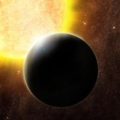
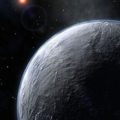
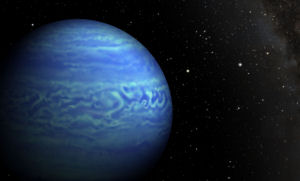
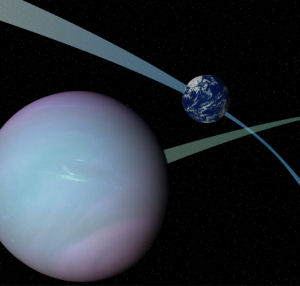
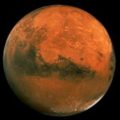



Comments are closed.